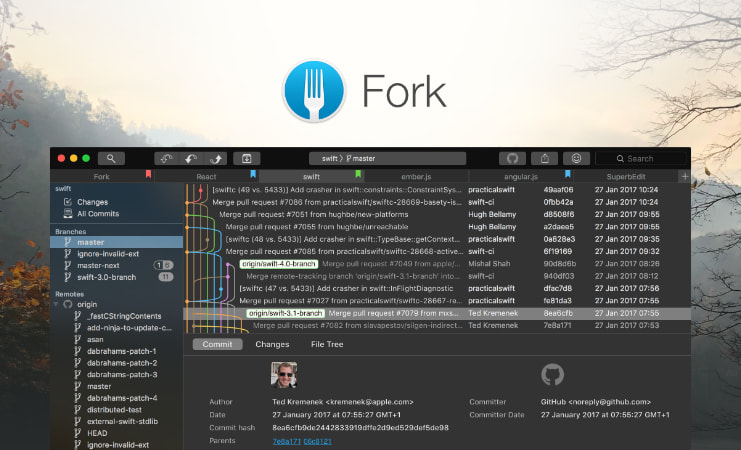

At the same time, you get to regularly represent development work as your agile backlog. This makes it more reliable than directly editing production code. Why? Because it will protect your master branch’s production quality code. Whether is a major or minor update, Git will make a new branch.
#GIT DOWNLOAD UPDATE#
The system’s feature branches create an isolated environment for each update to your code base. This works best on organizations that rely on software development, but it will come in handy for any company since it saves you from serious security vulnerability. It’s most notable security feature is protection against secret alterations. The hashing algorithm protects your code and change history from malicious and even accidental changes,ensuring you a traceable version history. It succeeds in doing this because of SHA1. Impenetrable hashing algorithmīy prioritizing the integrity of its source code, the contents of your files, and the relationships between them, are safe. So, you can send each of the committed changes on the remote repository in one single push. These will automatically be stored as individual pieces of work in the app’s version history. Then, you fix a bug in the first version of the app. You commit two separate features through descriptive messages. Let’s say you and your team needs to release a bug fix release before the new version of your app is launched. Its distributed characteristics also puts you at an advantage. Git uses a combination of encoding, compression, and storage to focus on the file content itself. So, don’t expect it to be fooled by file names. Git packs algorithms that optimizes information of common attributes of source code file trees. No DVCS offers less cryptic errors, faster runtime on desktop devices, and accurate display of commits than Git. Superior characteristics for optimal performance


 0 kommentar(er)
0 kommentar(er)
